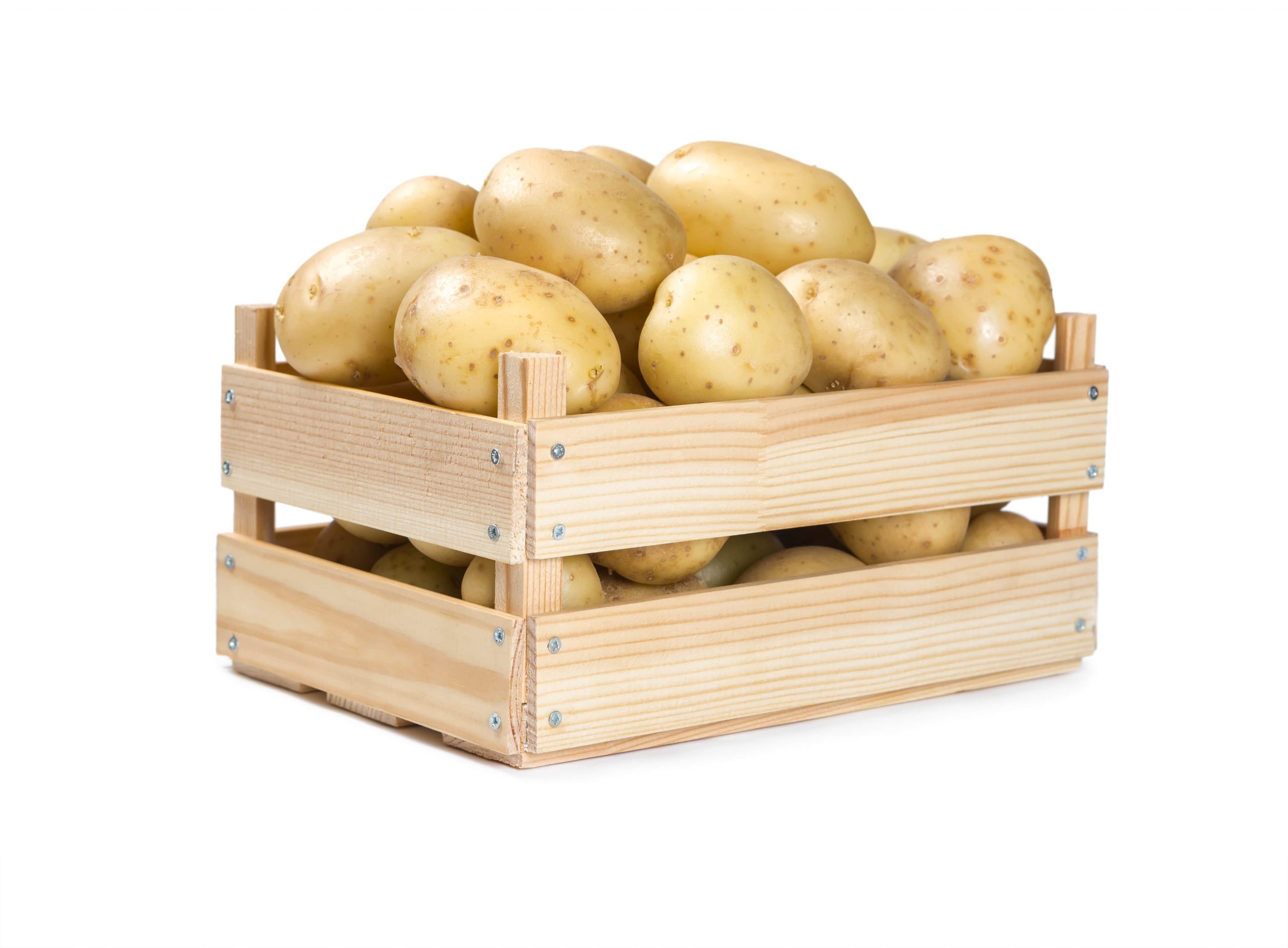Potatoes contain supportive nutrients, such as protein and fiber. Most people find it challenging to store potatoes.This blog will help you learn how to store them to prevent depletion of nutrients
Potatoes are soft with essential nutrients that are easily digested to provide energy, reduce the risk of chronic diseases and promote digestion.However, many people do not know how to store them.Potatoes can sprout if left on the kitchen shelves. Therefore, they require proper storage to retain nutrients, texture, and taste. But did you know there are different types of potatoes? Here are some of them
- Russet potatoes- They grow to large balls with rough brown and pale flesh. They are suitable for everyone.
- Yellow potatoes- Theyhave yellow flesh and thin gold skinand can be eaten with common drinks.
- Fingering potatoes- These have a small, tubular shape and vary in skin and flesh texture.They are sweet and soft when cooked.
- New potatoes- They are premature potatoes with delicate, thin, and creamy flesh. Furthermore, they vary in flesh and color.
Below are the best ways to store potatoes to avoid sprouting, especially in the winter.
Root cellar storage
The root cellar is a traditional method of storing potatoes by putting themin a cool and dark place to prevent freezing. However, they require special sorting and curing before tossing into the cellar. After harvesting, they are sorted to separate the ones to store from injured ones that may rot quickly.Sorting is done carefully to prevent cracking their soft skin. Damaged potatoes should be eaten within a few days because they sprout quickly. After sorting, curing is done by lightly rubbing dirt off the potatoes. This is meant to keep away any pest that may have stuck on them.
Rebury potatoes outdoors
This method resembles the traditional one, but there is a slight difference. For instance, broad tranches are dug about six inches deep. Then potatoes are placed on the bottom and covered with loose soil and straw or folds of newspapers to protect them against rain.This is one of the easiest methods, though they may start rotting if left connected to the dying potato plant after some months.Furthermore, it keeps the potatoes fresh throughout, with all nutrients and tastes retained. However, they can be damaged by burrowing animals, making them rot. To prevent them from animals, dig trenches around your house or at a noisy place to scare the burrowing animals. The potatoes can be stored for a second time in a cellar after digging them up for extra months. All the nutrients, texture, and flavor are retained.
Slice and blanch potatoes for freezer storage
You may have space or time for digging trenches. Here is a simple and safe way to store your potatoes. This method has gained popularity as an alternative to cellar and tranches as ways of storage.Furthermore, you can store frozen potatoes to last for years. Peel off the covers and put them in cold water to prevent them from turning brown. Slice them into small pieces approximately the same size for even cooking.Slice them in any shape, such as cubed, round, or scalloped, before rinsing them for a second time and blenching in water for 5 minutes or more, depending on the size of the slice. Next, plunge them into a bowl of ice water using a slotted spoon to stop the cooking process and cool. After cooling, put them in a recommended freezer bag, especially a vacuum sealer. When it is time to cook, pull the bag out of the freezer and let it defrost in the fridge overnight to get a good taste.However, this method requires hygienical attention for a good flavor and texture.
Pressure can potatoes
The pressure canner is necessary for the safe and long-term storage of potatoes. You require quart-sized mason jars, 25 pounds of potatoes, and salt. Peel the potatoes, remove all eyes, slice them into small pieces, and place them in cold water. Blench for 5 minutes and drain them to remove starch, then put them into sterilized mason jars and fill them with hot water. Add one teaspoon of salt per quart.Wipe off salt remains from the rim, cover it with a clean lid and pressure for 40 minutes.Similarly, this method requires attention, especially when blenching to achieve the desired flavor and nutrients.
Dehydrate for potato flakes
Dehydrating is a good substitute for traditional methods of storing potatoes, especially when you do not enough space to dig trenches.Start by washing and peeling them before cooking on moderate heat, especially on the stove. Allow water to cool and mash the potatoes by a stand mixer to obtain a silky smooth.Afterwards, use a spoon to transfer them onto a hydrator sheet. Ensure that the layers are thin for faster drying.Dry the potatoes for 12 hours at a temperature of 140 degrees and put the pieces in a food processor to store them in an airtight container. You can add butter or milk to enjoy the flavor.
Conclusion
Potatoes are categorized into many different types basing on shape and color. They have many health benefits, such as improving heart health, boosting metabolism, and promoting digestion. Furthermore, they are suitable for animal feeding, especially their remains.However, storage is a vital factor to consider when you want to keep your potatoes for future consumption. There are several traditional and modern ways to store potatoes. For instance, you can store them in a freezer, use a root cellar, rebury potatoes outdoors, pressure can, or dig trenches.
- Bell Peppers 101: Nutrition Facts and Health Benefits - April 19, 2024
- Products That Assist with Stress Relief - September 21, 2023
- TRÈFLE – THE ROAD TO THE 15TH - July 29, 2023






